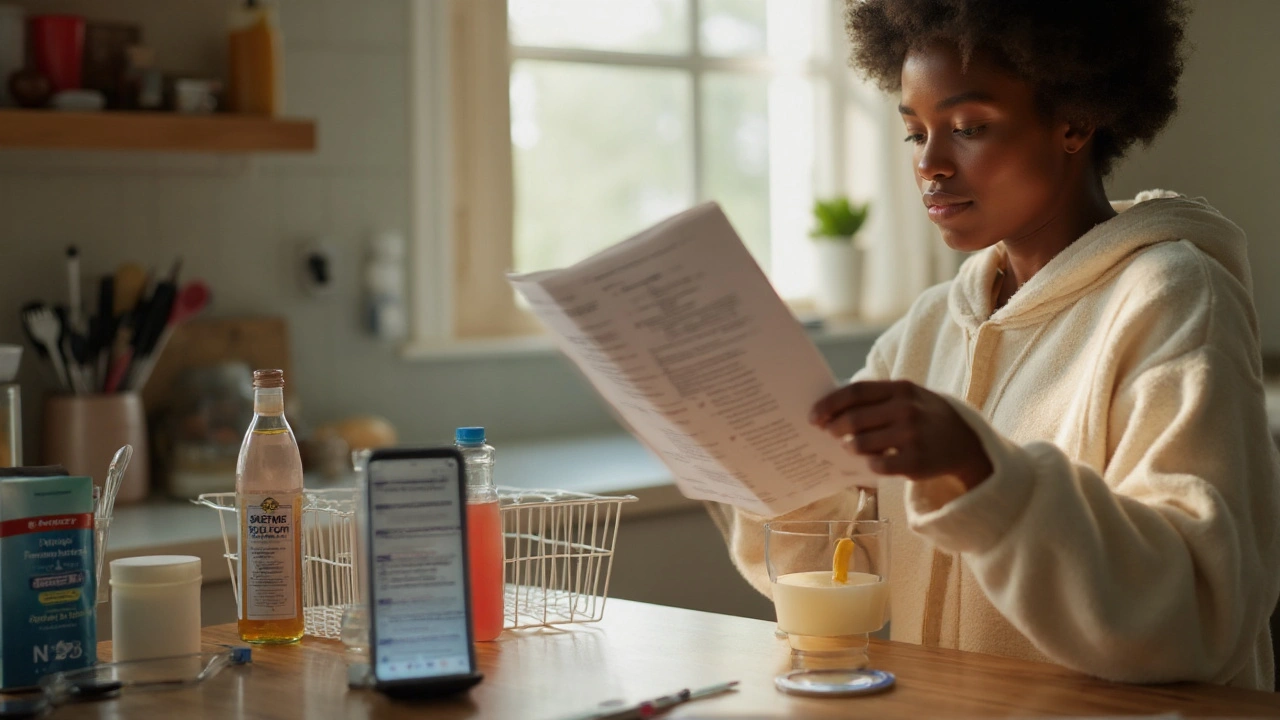Vaginal Infection: What It Is, How to Spot It, and How to Treat It
Got itching, odd discharge, or a burning feeling down there? Those are classic signs of a vaginal infection. It’s something many people deal with, but the good news is you can often manage it at home or with a doctor’s help.
Common Types and What Triggers Them
Two of the most frequent infections are yeast infections (caused by Candida) and bacterial vaginosis (BV). Yeast thrives when the natural balance of good bacteria gets disturbed – think antibiotics, high‑sugar diets, or tight clothing. BV, on the other hand, happens when harmful bacteria overgrow, often after douching or a change in sexual partners.
Spotting the Symptoms
Yeast infections usually bring thick, white, cottage‑cheese‑like discharge, intense itching, and sometimes a mild rash. BV often shows a thin, gray‑ish discharge with a fishy smell, especially after sex. If you notice any bleeding, severe pain, or fever, that’s a sign to call a doctor right away.
Most over‑the‑counter (OTC) treatments work for mild cases. For yeast, look for products containing miconazole or clotrimazole. Follow the package directions—usually a single dose or a short 3‑day line. For BV, OTC options are limited, so a prescription of metronidazole or clindamycin is typical.
Even if you’re feeling better, finish the full course of medication. Stopping early can let the infection come back or become resistant.
Prevention is all about keeping the natural balance. Wear breathable cotton underwear, avoid scented soaps or douches, and change out of wet clothes quickly after swimming or exercise.
Probiotics can help too. Yogurt with live cultures or a daily probiotic supplement adds good bacteria that crowd out the bad guys.
If you’re sexually active, using condoms can reduce the chance of passing infections back and forth. Talk openly with your partner about any symptoms—getting treated together cuts repeat infections.
When home care isn’t enough, see a healthcare professional. They can run a simple lab test to identify the exact cause and prescribe the right medication.
Remember, vaginal infections are common and treatable. Spot the signs early, choose the right treatment, and keep the area clean and dry. With a few easy habits, you’ll lower the odds of another round and feel comfortable again.

- 17 Comments
10 evidence-based tips to soothe intestinal and vaginal infections at home-what actually helps, what to skip, doses, and red flags. UK-focused, practical, safe.